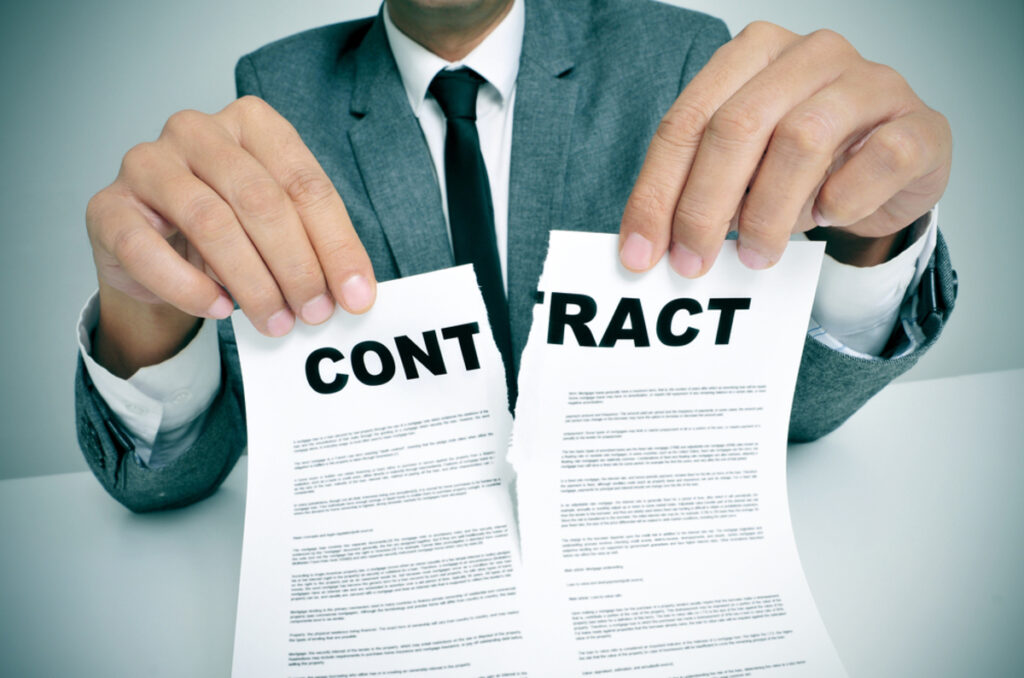
Equipment warranties themselves are not typically considered insurable losses in the same way that physical damage or loss of property due to covered perils like fire, theft, or natural disasters are. Instead, warranties are contractual agreements between the equipment owner and the manufacturer or provider, outlining the terms and conditions under which repairs or replacements will be provided if the equipment fails within a specified period.
However, if the failure of the equipment is due to a covered peril under an insurance policy, such as fire, and the warranty provides for repair or replacement of the damaged equipment, the cost to reinstate the warranty as part of the repair process may be considered a consequential loss and could potentially be covered under the insurance policy, subject to the terms and conditions of the policy.
In other words, while the warranty itself may not be directly insurable, the costs associated with reinstating the warranty in the event of covered damage to the equipment may be eligible for reimbursement as part of an insurance claim, depending on the specifics of the policy coverage and the circumstances of the loss. It’s important to review the terms of the insurance policy and consult with the insurance provider to determine coverage for warranty reinstatement costs in the event of equipment damage.
When facing a situation where an electronic equipment manufacturer threatens to void your warranty due to a loss incident, consider the following steps:
- Review the Warranty Terms: Carefully review the warranty terms provided by the manufacturer. Pay close attention to any clauses or provisions related to water damage or environmental exposure. Understanding the specific conditions under which the warranty may be voided will help you assess the situation and determine your next steps.
- Document the Damage: Document the damage to the electronic equipment (or lack of) and the circumstances surrounding the loss incident. Take photographs or videos of the equipment showing any visible signs of water damage, such as water stains, corrosion, or malfunctioning components. Keep records of the date and time of the incident and follow-up response and findings.
- Contact the Manufacturer: Reach out to the manufacturer to discuss the situation and seek clarification on their decision to void the warranty. Provide them with detailed information about the extent of the exposure and any steps you’ve taken to mitigate further damage. Request that they reconsider their decision and provide justification for their position based on the warranty terms.
- Seek Professional Assessment: If possible, obtain a professional assessment of the equipment to determine the extent of the incident and whether it had damaged or compromised the functionality or reliability of the equipment. A qualified technician or electronics specialist may be able to provide a detailed evaluation of the equipment’s condition and whether the damage is covered under the warranty.
- Consult Legal Advice: If you believe the manufacturer’s decision to void the warranty is unjustified or if you encounter resistance in resolving the issue, consider seeking legal advice. An attorney with experience in consumer protection and warranty law can help you understand your rights and options for recourse, including potential legal remedies or avenues for dispute resolution.
- Explore Alternative Solutions: If the manufacturer remains unwilling to honor the warranty, explore alternative solutions for repairing or replacing the damaged equipment. Consider third-party repair services or independent technicians who may be able to assist with repairing the equipment outside of the manufacturer’s warranty coverage.
- Consider Future Protection: Going forward, take proactive measures to protect your electronic equipment from potential damage due to natural disasters or environmental hazards. Invest in protective measures such as waterproof enclosures, surge protectors, or off-site backups to minimize the risk of damage and ensure continuity of operations in the event of future incidents.
By taking these steps, you can effectively address the challenge of a threatened warranty voiding by an electronic equipment manufacturer due to an unfortunate incident. Likewise, taking these steps will help support your claim should the Insurance Company deny the costs to reinstate the warranty or service agreement.

